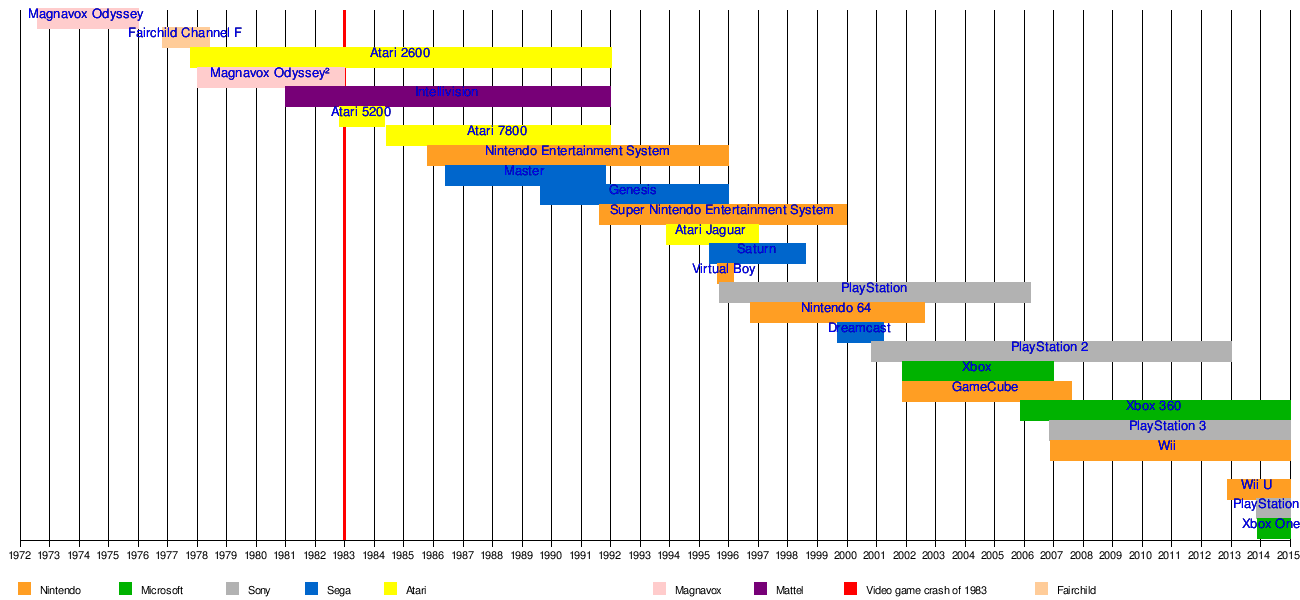You can't though. You can't convince people wanting a $200 console to buy a new $400+ console. You release the expensive product for the big spenders, and the low cost item to suck up the small spenders with different priorities. Not having a low-end option just means losing that segment. And if your rival has that option, they'll be the ones mopping up and attracting consumers to their ecosystem.
The bargain shoppers can pick up all the used PS4 systems used as trade-ins on the shiny new PS5s. Yes, it doesn't make money directly for Sony, but they will make money on the software.
More critically, isn't there a limited amount of resources to go around for building consoles so balancing of those limited resources has to be considered, no? How much production can be sustained of PS4s when (if) PS5s are selling 20 million a year?


